This article was medically reviewed by Luba Lee, FNP-BC, MS and by wikiHow staff writer, Jessica Gibson. Luba Lee, FNP-BC is a Board-Certified Family Nurse Practitioner (FNP) and educator in Tennessee with over a decade of clinical experience. Luba has certifications in Pediatric Advanced Life Support (PALS), Emergency Medicine, Advanced Cardiac Life Support (ACLS), Team Building, and Critical Care Nursing. She received her Master of Science in Nursing (MSN) from the University of Tennessee in 2006.
There are 13 references cited in this article, which can be found at the bottom of the page.
This article has been viewed 134,325 times.
If you develop headaches before a big storm or when flying, these headaches might be due to barometric pressure. Although they're caused by a dramatic change in the air pressure around you, you can treat a barometric pressure headache like other types of headaches. Take and over-the-counter medication or use a natural treatment to manage your pain. To prevent future barometric pressure headaches, become aware of air pressure changes and make simple lifestyle adjustments.
Steps
Using Over-the-Counter and Natural Treatments
-
1Recognize signs of a barometric pressure headache. You may develop symptoms of a headache up to 2 days before a change in the weather. For example, you might notice pain around your temples, forehead, or the back of your head. Other signs of a barometric pressure headache include:[1]
- Nausea
- Stomach pain such as vomiting or diarrhea
- Depression
- Sensitivity to light
- Numbness or tingling on your face or one side of your body
- Throbbing waves of pain
-
2Take over-the-counter (OTC) medications. You can buy several kinds of medication from your local pharmacy to treat your barometric pressure headache. Try OTC non-steroidal anti-inflammatory medications (NSAIDs) such as aspirin or ibuprofen. You can also take OTC pain relievers such as acetaminophen.
- Follow the manufacturer's dosing instructions.
- For barometric pressure migraines, take an OTC combination medication designed specifically for migraines. Migraines usually start with aura and cause severe throbbing pain.
Advertisement -
3Spread an analgesic product over painful areas. Because severe headaches can slow down your digestion, it may take longer than usual for oral medications such as ibuprofen or aspirin to begin working. For faster pain relief, buy analgesic cream or gel. Follow the product instructions to spread the analgesic on your temples, neck, head, or forehead.[2]
- You can also try nasal sprays that contain capsaicin as long as you follow the product instructions carefully. Studies have shown that this treatment quickly relieves severe headaches.
- You can purchase a natural topical pain reliever, such as a product that contains capsaicin.[3]
-
4Use anti-nausea medication. If your headache makes you nauseous and you can't keep your pain relievers down, consider taking anti-nausea medication. This will prevent you from vomiting so that oral pain relievers can work faster to relieve your headache.[4]
- You can stagger your treatments. For example, take the anti-nausea medication 15 minutes before taking the OTC pain relievers.
-
5Give yourself a cranial massage. Massaging your head may help to relieve your headache by easing the tension in the muscles and improving cranial blood flow. Regular massages may even reduce the frequency of your headaches within 1 week.[5]
- If you suffer from regular barometric pressure headaches, then giving yourself a daily cranial massage may be a good idea.
-
6
-
7Talk with your doctor if the headache worsens or doesn't improve. If you've taken over-the-counter pain medication or made lifestyle adjustments and the headache doesn't go away, contact your doctor. This is especially important if the pain is severe or prevents you from functioning. You should also get medical attention if you have:[8]
- Severe symptoms or symptoms that start within a few seconds of experiencing pressure changes
- Fever
- Bloody diarrhea
- Memory or vision loss
- Weakness or numbness
Managing Barometric Pressure Headaches at Home
-
1Apply an ice pack to your head or neck. Get quick pain relief by wrapping a cloth or towel around an ice pack. Hold the wrapped pack over the part of your head that's throbbing or aching. Keep the pack on your head for 20 minutes.[9]
- Reapply the ice pack throughout the day if your headache returns.
-
2Take a warm bath or shower. Some people find that relaxing in warm water can relieve the pain of a barometric pressure headache. If you prefer, use hot water since the steam may help open your sinuses.[10]
- Soak or shower for as long as it's comfortable.
-
3Practice deep breathing or relaxation techniques. Let yourself relax and breathe in slowly through your nose. Once you've taken as big of a breath as you can, slowly and evenly release the breath through your nose. Repeat this or your favorite relaxation technique to manage the pain of your headache. Other relaxation techniques include:[11]
- Massage
- Yoga
- Tai chi
- Walking or swimming
- Meditation or guided imagery
-
4Avoid additional triggers that can make the headache worse. If you know that other things also cause you to develop headaches, avoid those things while you have a barometric pressure headache since they may make your headache worse. Common headache triggers include:[12]
- Caffeine
- Alcohol
- Sugar
- Trans/saturated fats
- Bright lights
- Noise
- Strong smells
Preventing Barometric Pressure Headaches
-
1Eliminate gluten from your diet. Undiagnosed celiac disease may cause severe headaches or migraines.[13] If you want to know for sure if this might be contributing to your headaches, you will need to get tested for the condition by your doctor. If that is the case, then eliminating gluten from your diet may help to prevent your headaches.
- Even if you do not have celiac disease, a gluten sensitivity may cause you to experience headaches as a result of consuming gluten.
-
2Take a vitamin B-complex. B vitamins may help to reduce the effects of stress, which may include preventing headaches.[14] Try taking a daily B-complex multivitamin to see if this helps to reduce the number and intensity of your barometric pressure headaches.
-
3Buy a barometer to monitor changes in air pressure. Purchase a small barometer that you can install at home. Pay attention to whether the pressure drops or rises suddenly before you develop a headache. Then in the future, take preventative headache medication at the first sign that the pressure is changing quickly.[15]
- Check to see if your cell phone has a barometer app. This can alert you if the pressure begins to rise or drop.
- It's also a good idea to watch the weather predictions for pressure changes.
-
4Drink more water than usual. Because dehydration is a common headache trigger and hydration is key in managing a headache, men should drink 15 cups (3,500 ml) of water a day while women should drink 11 cups (2,600 ml).[16]
- Staying hydrated is especially important if you notice that increased humidity triggers your headaches.
-
5Eat magnesium-rich foods. Magnesium can help to treat and prevent headaches because it promotes muscle relaxation.[17] If you know the weather will be changing, include magnesium in your diet or take a supplement. Magnesium can block pain receptors in the brain and prevent blood vessels from narrowing in the brain. If you want to supplement, ask your doctor before you begin taking a daily 400 to 500 mg magnesium citrate supplement. To get magnesium from your diet, eat more:
- Dark leafy greens
- Fish
- Soybeans
- Avocado
- Bananas
-
6Avoid glare and sudden changes in lighting. If you've noticed that bright light, glare, or sensitivity to fluorescent lights triggers your headache or makes it worse, pay attention to weather changes. For example, if the weather has been overcast and a bright, sunny day is predicted, be prepared to take medication, stay indoors, or wear sunglasses.[18]
- Extreme changes in weather can also bring changes to humidity, pressure, and temperature which can affect your headaches.
References
- ↑ https://blog.themigrainereliefcenter.com/barometric-pressure-and-migraines-what-you-need-to-know
- ↑ https://blog.themigrainereliefcenter.com/the-guide-to-topical-migriane-medications
- ↑ https://www.ncbi.nlm.nih.gov/pmc/articles/PMC3169333/
- ↑ https://www.medicalnewstoday.com/articles/320038.php
- ↑ https://www.ncbi.nlm.nih.gov/pmc/articles/PMC1447303/
- ↑ https://nccih.nih.gov/health/peppermintoil
- ↑ https://www.ncbi.nlm.nih.gov/pubmed/8805113
- ↑ https://www.medicalnewstoday.com/articles/320038.php
- ↑ https://www.medicalnewstoday.com/articles/320038.php
- ↑ https://medlineplus.gov/ency/patientinstructions/000421.htm
- ↑ https://www.medicalnewstoday.com/articles/320038.php
- ↑ https://migraine.com/migraine-triggers/
- ↑ https://celiac.org/celiac-disease/understanding-celiac-disease-2/celiacdiseasesymptoms/
- ↑ https://www.ncbi.nlm.nih.gov/pubmed/21905094
- ↑ https://blog.themigrainereliefcenter.com/barometric-pressure-and-migraines-what-you-need-to-know
- ↑ https://health.clevelandclinic.org/do-you-get-a-migraine-headache-when-it-rains/
- ↑ https://www.ncbi.nlm.nih.gov/pubmed/29571016
- ↑ https://blog.themigrainereliefcenter.com/barometric-pressure-and-migraines-what-you-need-to-know
About This Article
To relieve a barometric pressure headache, which is a headache caused before a big storm, apply an ice pack to your head or neck for quick pain relief. Try taking a hot bath or shower, which can help you relax and ease muscle pain. If you’re still struggling to relax due to the air pressure, try breathing in deeply through your nose and out through your mouth to calm down and relieve tension. Massage the sides of your head with your fingers, since this can ease tension in your muscles and manage the pain. In case your headache doesn’t respond to these natural treatments, take an over-the-counter pain reliever, such as aspirin or ibuprofen. You can also try inhaling the scent of peppermint oil, which has been shown to help reduce headache pains. For tips on how to prevent barometric headaches from happening, read on!



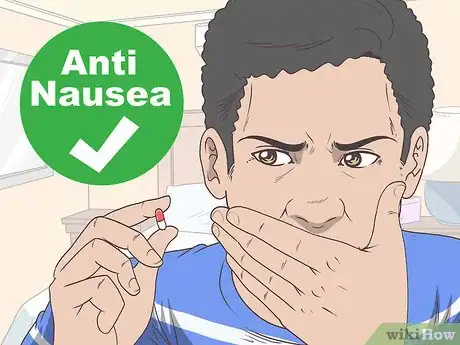
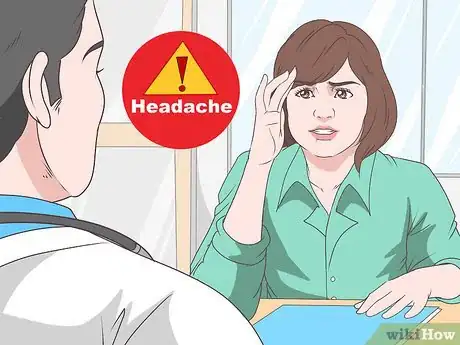
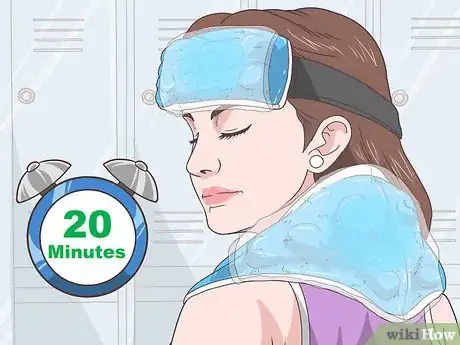
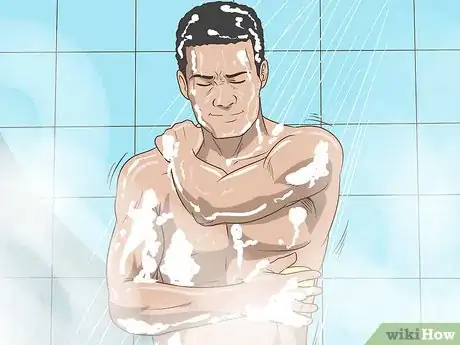

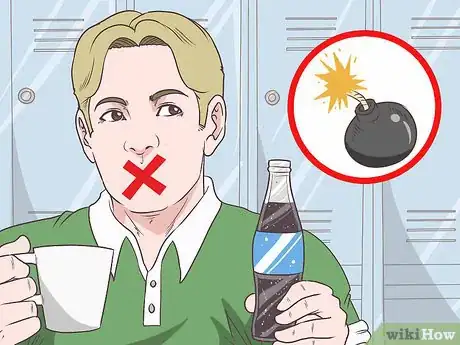





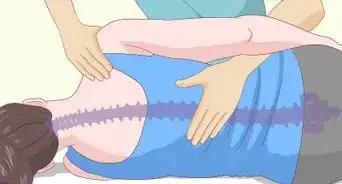

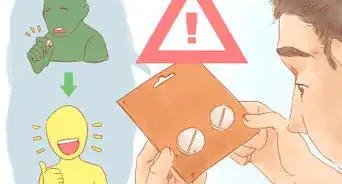




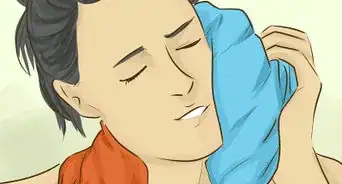


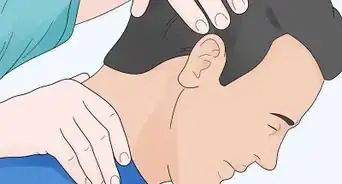

-Step-14.webp)








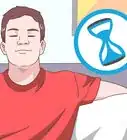

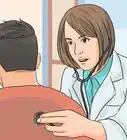
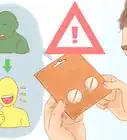



































Medical Disclaimer
The content of this article is not intended to be a substitute for professional medical advice, examination, diagnosis, or treatment. You should always contact your doctor or other qualified healthcare professional before starting, changing, or stopping any kind of health treatment.
Read More...